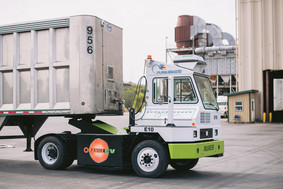
The Minnesota Pollution Control Agency (MPCA) is accepting applications for grant funds to replace or improve heavy-duty off-road diesel equipment. Recipients can use the funds for cleaner diesel, alternative fuel, hybrid, or all-electric equipment.
Eligible equipment includes marine engines, locomotives, trailer refrigeration units, terminal tractors, drayage trucks, off-road engines, and equipment or vehicles used in construction, handling of cargo, agriculture, mining, or energy production. Grantees will be required to provide a cash match for a percentage of the equipment cost, and the old diesel engine, vehicle, or equipment must be destroyed.
The request for proposals (RFP) and information to help applicants submit proposals are available on the grant webpage, including details about the June 8 online training for applicants. Applications are due August 4.
|
Upcoming grant opportunities
Information about grants will be posted on MPCA's VW settlement grant website as they become available.
Early summer 2022 – Electric heavy-duty equipment and on-road vehicles. Replace old diesel heavy-duty vehicles and equipment with new, cleaner electric models.
Summer 2022 – Electric vehicle charging stations. Install electric vehicle charging stations at public locations, workplaces, and multi-unit dwellings in Minnesota.
Winter 2022-2023 – Clean fuels heavy-duty on-road vehicles. Replace old diesel heavy-duty vehicles and equipment with new, cleaner diesel, natural gas, propane, and fuel/electric hybrid vehicles.
Spring 2023 – Electric school buses. Replace old diesel school buses with new, cleaner electric models.
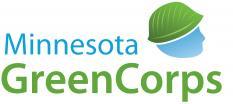
Minnesota GreenCorps, an AmeriCorps program coordinated by the MPCA, is seeking motivated, service-minded individuals to improve the environment and strengthen communities throughout the state. MN GreenCorps members serve with government entities, non-profit organizations, and educational institutions to carry out service projects in areas of air pollutant reduction, community readiness and outreach, green infrastructure improvements, and waste reduction, recycling, and organics management.
MN GreenCorps members serve full-time for 11 months, from September to August. In addition to receiving training, developing job skills, and gaining professional experience, members earn a living allowance of $1,027.08 (pre-tax) paid every two weeks, health insurance, student loan forbearance, and an education award of up to $6,495.
Visit the MPCA’s Minnesota GreenCorps webpage to learn more and apply by June 16.
|
The MPCA Air Modeling Summer Open House is scheduled for July 21 from 1–4:30 p.m. Due to the uncertainty around COVID-19, the meeting will be held virtually via Microsoft Teams. Please RSVP by sending an email to the MPCA’s air modeling group at AirModeling.PCA@state.mn.us. An agenda will be sent to everyone who RSVPs.
Minnesota has made progress reducing air pollution over the past decade and currently meets federal air quality standards. Despite these positive trends, exposure levels vary across the state and even moderate levels of air pollution can contribute to negative health consequences. The Life and Breath reports (see article below) released by the MPCA and Minnesota Department of Health (MDH) show that people of color in Minnesota live with more air pollution than their white counterparts.
Join Environmental Initiative for an online conversation about emerging air quality research and how projects, policy, and structural changes can lead to more equitable emission reduction efforts and cleaner air for all. On June 15 from 1–2:15 p.m., Professor Julian Marshall will share his recent air pollution research, which observed similar environmental inequities in 200 cities across the United States.
Registration is free and you can sign up on Environmental Initiative’s website.
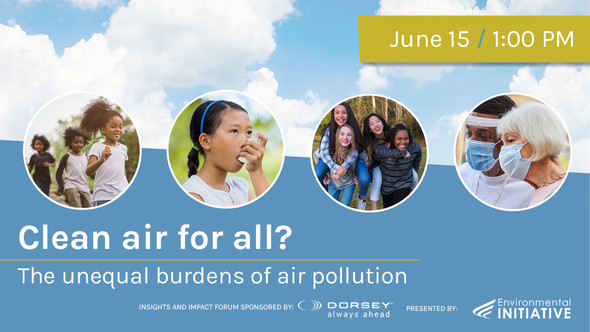
The 2023 Air Monitoring Network Plan for Minnesota will be available for public inspection and comment in late May.
The purpose of this annual report is to demonstrate compliance with air monitoring network regulations, describe proposed changes for the upcoming year, and provide specific information on each of Minnesota's existing and proposed air quality monitoring sites.
Look for an Air Mail bulletin at the end of May when the plan has been posted. The plan and instructions for submitting comments will be posted on the MPCA’s Air monitoring webpage.
The Minnesota Department of Transportation’s (MnDOT) Statewide Multimodal Transportation Plan is the highest policy plan for transportation in Minnesota. It provides policy direction to advance the Minnesota GO vision of a multimodal transportation system that maximizes the health of people, the environment, and our economy over the next 20 years.
New commitments to climate, equity, and public health are being made in the 2022-2041 plan.
- Shifting to climate-friendly transportation options will require the transportation system to look, feel, operate, and be maintained differently in the coming decades.
- Equity has been integrated throughout the plan, and MnDOT leadership has clarified what transportation equity means to the agency, resulting in a transportation equity statement of commitment.
- New public health commitments aim to improve health outcomes and reduce disparities in Minnesota. Making active transportation options such as walking or bicycling more viable provides people the option to improve their health and wellbeing. Changes to transportation can make the system work better for all people and modes of transportation.
The plan’s content is the result of a nearly three-year collaboration with staff, stakeholders, and partners. “The engagement process for the plan update was unlike any that MnDOT has done before,” said Philip Schaffner, Director of Statewide Planning. A four-phase engagement approach allowed staff to respond to the changing engagement landscape amid the ongoing pandemic. Engagement has included a fill-in-the-blank activity, surveys, forums, listening sessions, presentations, and even a brief opportunity to attend community events in fall 2021. Altogether, staff have had over 5,100 touchpoints with Minnesotans while developing the plan.
Subscribe to MnDOT’s Statewide Transportation Planning updates on GovDelivery and you’ll be notified when the 2022-2041 draft plan is available for public comment this summer. To request an opportunity to discuss the plan with your office or group, contact Hally Turner at hally.turner@state.mn.us.
For more information on the 2022-2041 plan and MnDOT’s other planning efforts, please visit MinnesotaGO.org.
Minnesota is working to become a leader in electric vehicle use in the Midwest. MnDOT is working on a plan to invest federal funds in EV charging stations, and needs your help. Please take this 5 minute survey to share your ideas about where to install EV chargers in our state.
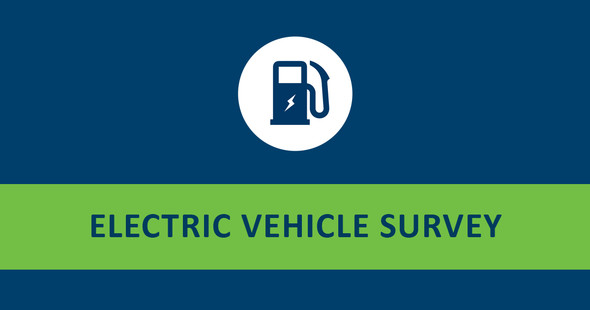

Two reports released by the MPCA and Minnesota Department of Health (MDH) find that air pollution continues to pose a threat to public health in the Twin Cities, Duluth, Rochester, and St. Cloud, with impacts falling disproportionately on communities with more residents who are low-income, uninsured, people of color, or people with a disability.
In all of the cities studied, the reports found that communities facing discrimination, barriers to access, and structural racism generally had the highest estimated rates of air pollution-related death and disease. These structural inequities, along with other social and economic stressors, lead to higher levels of heart and lung disease that make residents in marginalized communities more susceptible to the effects of poor air quality. For example, ZIP codes with the largest percentage of residents of color had more than five times the rate of asthma emergency room visits related to air pollution compared to areas with more white residents.
“The burden of air pollution falls heavier on some communities within our cities than on others, contributing to preventable deaths and worsening heart and lung disease,” said Dr. Brooke Cunningham, assistant commissioner of MDH’s Health Equity Bureau. “It seems like we all breathe the same quality air. The differences are not always visible. Those ‘invisibilities’ are why it’s so hard to tackle the structural causes of health inequities. This report provides crucial information to move forward toward a healthier Minnesota for all.”
Reducing air pollution is part of state agencies’ overall strategy to address structural inequities in health care, housing, and other social factors that influence health. The findings of the Life and Breath reports along with other MPCA and MDH analyses and community conversations will inform where resources are directed for pollution reduction as well as efforts to address health inequities.
Read the reports on the MPCA’s Life and Breath webpage. Explore the data on the MDH website at Life and Breath: Metro and Life and Breath: Greater Minnesota.
|
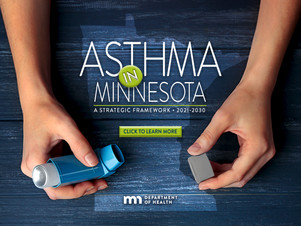
The MDH Asthma Program has a new 10-year strategic framework to improve healthcare and quality of life for Minnesotans who have asthma.
The framework focuses on reducing asthma-related health disparities and the burden of uncontrolled asthma, including hospitalizations, emergency department visits, other healthcare costs, missed work and school days, and other activity limitations.
The framework presents seven goals:
- Advocating for people with asthma
- Building partnerships to increase healthcare, education, and community support for people with asthma
- Using data to focus efforts
- Eliminating asthma disparities
- Reducing environmental asthma triggers
- Increasing asthma management through information, skills, and tools
- Promoting systems change.
Ten action steps suggest ways people from varied backgrounds can contribute to reaching these goals, whether acting individually, with a group, or as part of a system.
Here are a few examples of how you can reduce environmental asthma triggers and contribute toward Goal 5: Healthy Environment:
- Commit to biking, walking, or taking public transportation.
- Reduce or eliminate the use of wood-burning fireplaces, wood stoves, and backyard fires. Avoid burning yard waste or trash. Instead, burn dry, well-seasoned wood.
- Advocate for better ventilation at work and school.
- Instead of gasoline-powered lawn and garden equipment, opt for manual or electric equipment.
- Select low VOC building materials.
- Work with city officials to ensure that every home is within walking distance of green space, or to reduce traffic in your community.
You can read the framework on the MDH website at Asthma in Minnesota: A Strategic Framework 2021-2030.
|
In 2021 Minnesota experienced an unprecedented number of the most severe, widespread, and longest lasting air quality alerts on record, and air quality reached levels that were dangerous for everyone. MPCA’s meteorologists do not expect a repeat of last year’s conditions during 2022. But ongoing drought conditions are expected to continue this summer in southern Canada, which will trigger above-normal fire activity and potentially send smoke to Minnesota again.
Air quality alerts this summer may also be triggered by wildfires that result from a continued multi-year drought in the western states, and by hot, dry conditions regionally that drive ozone development.
Learn more in the MPCA featured story, “Are smoky summers the new normal?”
Visit MPCA’s Air Quality Index webpage for information on current air quality conditions in your area and to sign up for daily air quality forecasts and alert notifications by email, text message, phone, or the Minnesota Air mobile app.
You can also check out the presentation or watch the full recording from the recent MPCA-MDH media event about the summer air quality forecast.
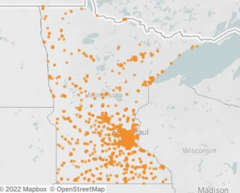
The MPCA has updated its facility air emissions data tool with 2020 data. The tool includes emissions of criteria air pollutants, air toxics, and greenhouse gases reported by facilities with air permits in Minnesota.
You can view data by selecting a facility name, county, or pollutant. You can also view emissions data by industrial sector or look at rankings of criteria pollutant and greenhouse gas emission totals by facility and ZIP code. The data can be downloaded.
The updated tool is available on the agency's Permitted facility air emissions data webpage.
|
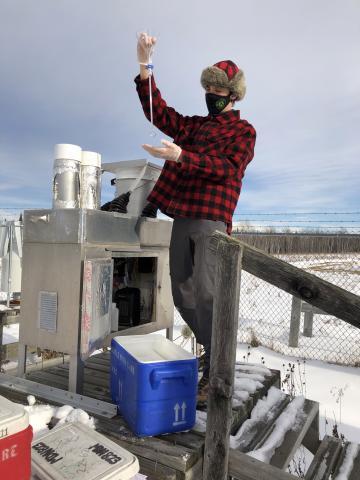
A few years ago, Minnesota GreenCorps and the Leech Lake Band of Ojibwe collaborated to find opportunities for energy savings in the tribal community’s Cass Lake buildings. The GreenCorps member working on the project helped find, assess, and implement measures to reduce energy use that ranged from water heater and boiler replacements to lighting upgrades and occupancy sensors. Updates to 22 buildings saved an estimated 2.7 million kWh and $276,000 a year in energy costs.
The collaboration was one of five times the Leech Lake Band of Ojibwe in Cass Lake hosted MN GreenCorps members since the program started in 2009. Read more about this partnership.
Note that host site applications have closed, but member applications are now open.
|
Clean Air Minnesota is a coalition of air quality leaders who are working proactively to reduce human-made sources of fine particulate matter and ground-level ozone.
As co-chairs of the partnership, Jon Hunter, American Lung Association, and Tony Kwilas, Minnesota Chamber of Commerce, advise the partnership and serve on the stakeholder group working to prioritize and implement emission reduction projects. Learn more about the co-chairs, their interest in air quality, and what inspires them about Clean Air Minnesota’s collaborative approach.
Clean Air Minnesota is convened by Environmental Initiative and supported by the MPCA.
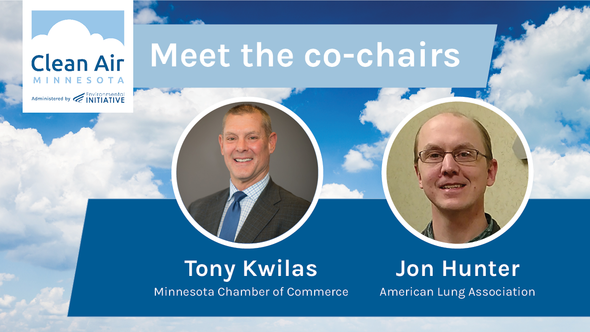
Starting June 1, trichloroethylene (TCE) will be banned at facilities with air permits across Minnesota.
To implement this ban, MPCA staff contacted every facility with an air permit, inspected every recent TCE-user, modeled replacement chemicals to ensure they create lower health risks than TCE, and included TCE ban language in recent rule updates.
By June, every facility will need to switch to a less-toxic alternative, outsource degreasing, or obtain a variance to allow TCE use for research and development purposes. You can find current facility status on the MPCA’s webpage on TCE use at facilities in Minnesota.
A final report on TCE ban implementation will be submitted to the Legislature this summer.
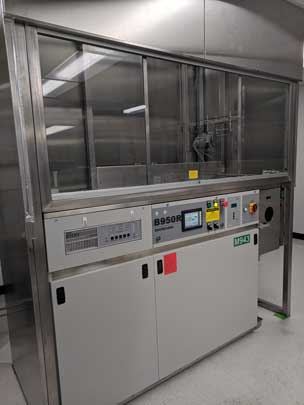
As Minnesota nears the June 1 deadline for implementation of the first-in-the-nation ban on TCE, MnTAP remains committed to helping businesses adjust to this change by finding long-term, safer solutions through solvent testing and technical assistance.
MnTAP has worked with 11 Minnesota companies and partners at the Toxics Use Reduction Institute Cleaning Laboratory at the University of Massachusetts–Lowell to replace TCE with safer, effective options while working to avoid regrettable substitutions such as n-propyl bromide (nPB) and trans-1,2-dichloroethylene (tDCE). Although these products are marketed as drop-in alternatives, they are being considered for future regulation and have many of the same hazards as TCE. To date, over 60,000 pounds of TCE solvent use have been eliminated.
TCE is a hazardous air pollutant (HAP) that can contaminate soil, air, and water. TCE is a known human carcinogen, can affect the liver, kidneys, immune, reproductive, and central nervous systems, and may affect fetal development. Minnesota’s TCE ban applies to all businesses with an air permit and includes any TCE used at the facility, even when it is an ingredient in a commercial product such as an aerosol cleaner. Check your maintenance cabinets and Safety Data Sheets. MnTAP can help you transition from TCE or any other halogenated solvent to a safer alternative. Contact Jane Paulson at 612-624-1826 or janep2@umn.edu to get started.
|
MPCA’s Small Business Environmental Assistance Program has created interactive online trainings to help small businesses find straightforward guidance on their own schedule.
“We often get asked, ‘How do I know if I need a permit?’” says Emily Ohde, an environmental specialist with the program. “It was clear we had an opportunity to share this in a way that was easier for businesses to approach and understand.” The trainings take the form of interactive, easy-to-follow slideshows that viewers can access, pause, and rewind at any time – no registration required.
The trainings can benefit newly launched companies tackling permitting requirements for the first time or existing businesses with new staff who aren’t familiar with environmental regulations. The trainings can also serve as guidance on how to demonstrate compliance with regulations.
Businesses can start with Environmental permitting for small businesses, a 12-minute video overview that covers air, water, waste, and storage tank regulatory compliance requirements. A second training, Do I need an air permit?, addresses which activities release air pollutants and helps businesses identify the type of permit they may need. A final training explains the requirements for air pollutant control equipment and accounting for pollutant reduction efficiencies.
Small businesses can request free and confidential assistance from the Small Business Environmental Assistance Program. The program is designed for independently owned and operated small businesses with fewer than 100 employees that are not major sources of waste or emissions.
On March 9, 2022, the U.S. Environmental Protection Agency (EPA) removed a stay of formaldehyde standards in the National Emission Standards for Hazardous Air Pollutants (NESHAP) for Stationary Combustion Turbines (40 CFR Part 63, Subpart YYYY).
- Lean premix gas-fired turbines and diffusion flame gas-fired turbines at major sources of HAP that have been installed since January 2003 will now have to comply with the requirements of the NESHAP.
- Compliance for turbines installed between 2003 and the effective date of this action that were subject to the stay will have 180 days from the date of publication in the Federal Register to perform the initial compliance demonstration of any applicable turbines.
The MPCA is the delegated administrator of this rule, however as with most NESHAP standards, any request for alternative compliance or monitoring must be approved by EPA Region V.
More information can be found at the EPA’s webpage for Stationary Combustion Turbines: National Emission Standards for Hazardous Air Pollutants (NESHAP).
The MPCA has completed its housekeeping amendments to the state’s air quality rules. The changes went into effect on May 2.
The amendments:
- Update requirements for Part 70 permit application notice and comment
- Update procedures to petition for EPA review of state and Part 70 permits
- Modify general requirements for Option B, C, and D registration permits and capped permits
- Incorporate by reference federal plan requirements for small municipal waste combustor units and municipal solid waste landfills
- Implement the 2020 Legislature’s ban on the use of trichloroethylene (TCE).
Other minor changes clarify definitions, correct gaps and errors identified while administering the rules, and align state and federal rules.
More information is on the MPCA's Air Quality Housekeeping Rule webpage.
|